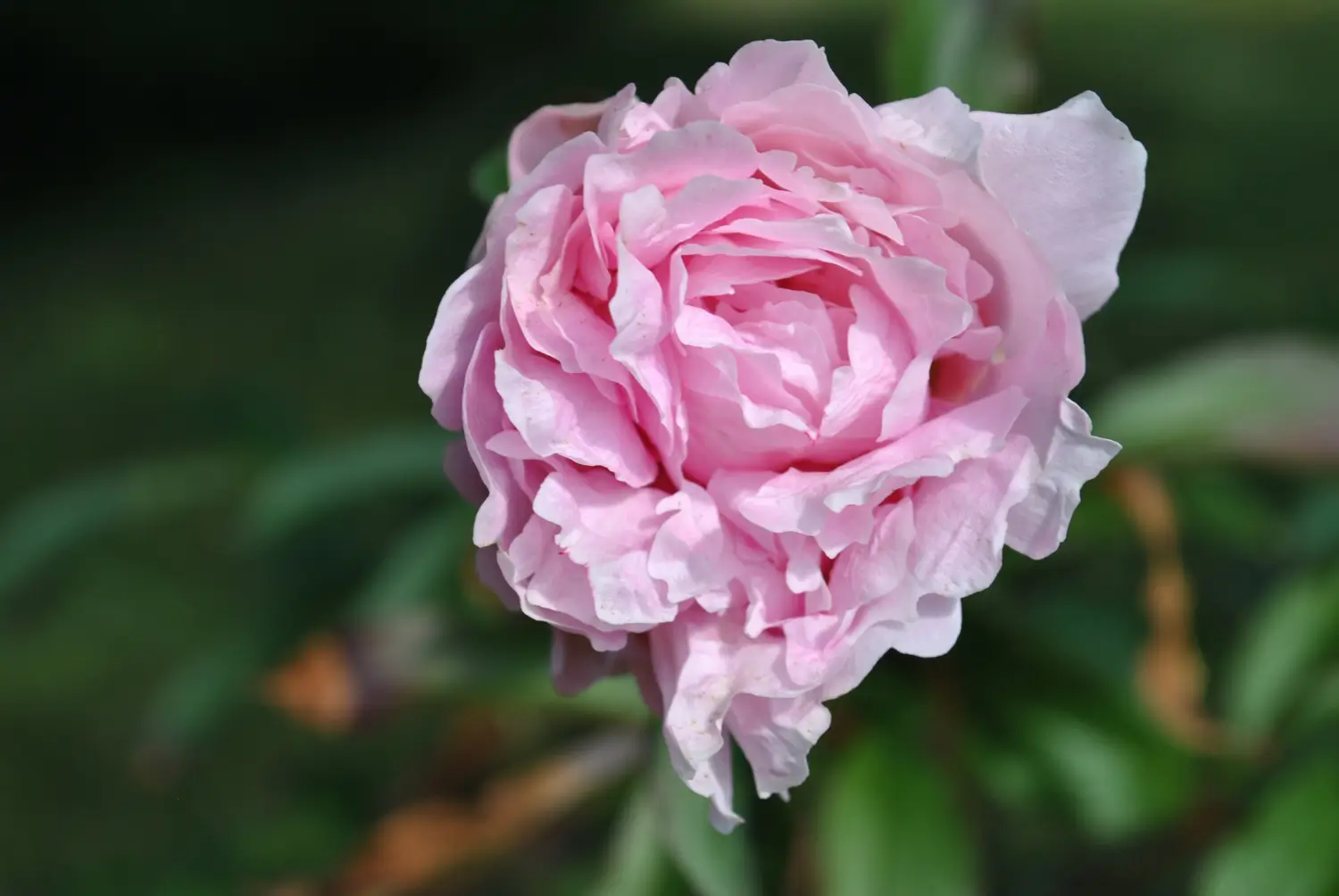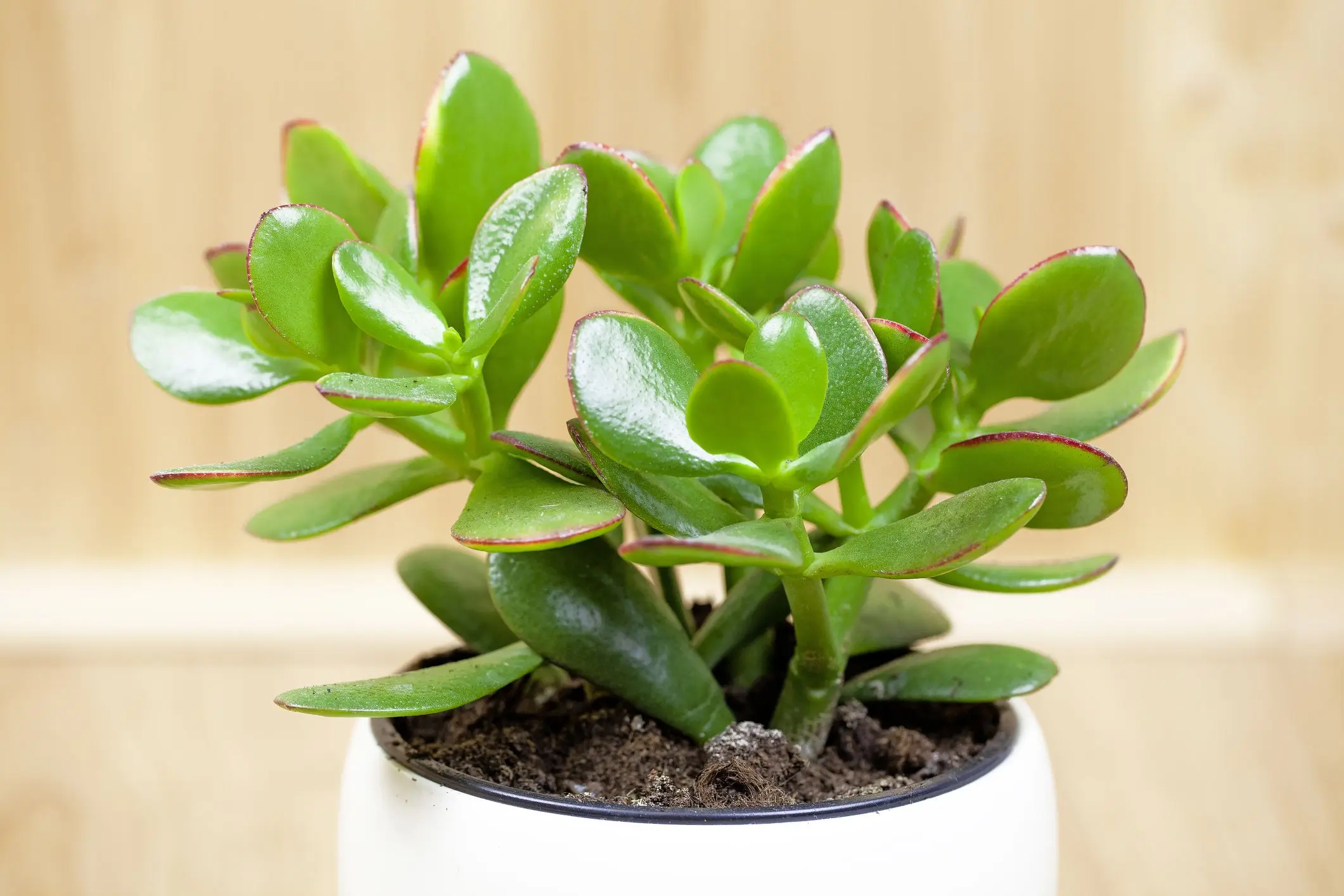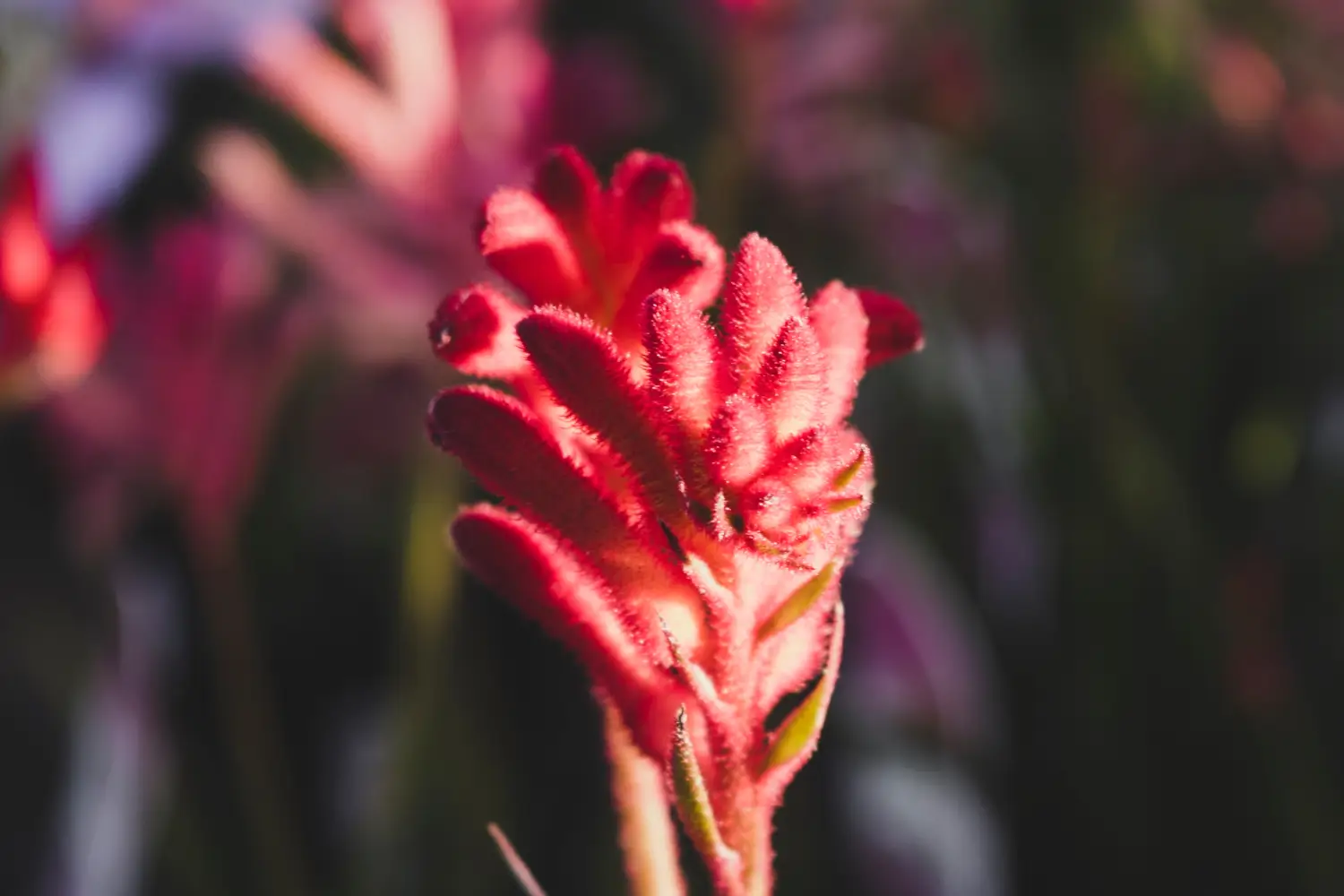
Soil Health & Fertilization
We unite suppliers and green industry professionals worldwide
The Queen Elizabeth Rose is elegant, commanding and dignified, it’s a garden staple that feels as if it belongs in a palace courtyard. Tall, upright, and crowned with clusters of soft pink blooms, this rose serves as a living tribute to one of history’s m
By Victor Miller
|Published on June 13, 2025


“Can a rose represent the essence of royalty?”
The Queen Elizabeth Rose does just that — elegant, commanding and dignified, it’s a garden staple that feels as if it belongs in a palace courtyard. Tall, upright, and crowned with clusters of soft pink blooms, this rose serves as a living tribute to one of history’s most iconic monarchs.
Named in 1954, the Queen Elizabeth Rose was introduced just a year after Queen Elizabeth II’s coronation.. This hybrid, bred by the American rosarian Dr. Walter Lammerts, was the first Grandiflora rose, a new category that blended the prolific blooms of floribundas with the classic beauty and form of hybrid teas. Its upright habit, graceful pink blossoms, and repeat-flowering habit quickly made it an instant favorite with gardeners and royalty enthusiasts alike.
Still celebrated today for its resilience, fragrance, and regal poise, the Queen Elizabeth Rose is a symbol of both gardening excellence and royal heritage.
| Common Name | Queen Elizabeth Rose |
| Botanical Name | Rosa 'Queen Elizabeth' |
| Type | Grandiflora rose |
| Height | 5 to 7 feet tall, 3 to 4 feet wide |
| Sunlight | Full sun |
| Soil | Soil that is rich and well-draining |
| Water | Deep and regular watering |
| Bloom Time | Late spring to fall |
| Hardiness Zones | USDA 5–9 |

September 25, 2025
9 minute read
September 24, 2025
9 minute read
September 23, 2025
10 minute read
September 22, 2025
9 minute read


Join as a seller and connect with thousands of B2B buyers nationwide!
Sign Up

Jade Plant
A Timeless Succulent That Brings Elegance and Luck

Kangaroo Paw
A Unique Flower That Adds a Bit of Australia to Your Garden

Karl Foerster Feather Reed Grass
A Graceful, Low-Maintenance Grass That Dances in the Breeze

Katsura Tree
A Charismatic Tree with Heart-Shape Leaves and Fragrant Autumn Colors
With a deep pink shade with some hints of purple, Queen Elizabeth Rose is an impressive rose type for any rose garden or flower border. Being a Grandiflora, it combines strong structure with prolific flowering. It requires full sun, rich soil and regular moisture to flourish. With minimal care, it will repay you with large, sweetly scented, pale pink blooms from late spring into fall. Its upright, bushy shape also makes it ideal for cut flowers and formal plantings.
This rose loves full sun, which encourages strong growth and lots of blooms. It needs at least 6 hrs of direct sunlight a day, the more the better. Too little light can result in fewer flowers, leggy growth and more vulnerability to disease.
Queen Elizabeth Rose likes rich, loamy, well-drained soil. Incorporate compost or well-aged manure to add nutrients and create a better texture. A pH of 6.0–7.0 is ideal (slightly acidic to neutral). Avoid heavy clay or overly sandy soils unless amended properly.
Water deeply and regularly, particularly during dry spells and when it flowers. Aim to water at the base of the plant to avoid wetting the leaves, which can invite fungal disease. Most roses require 1–2 inches of water a week, either from rain or irrigation.
Pruning helps shape the rose, encourages healthy growth, and stimulates ongoing blooming.
Propagation is most successful through hardwood cuttings taken in fall or early spring.
Though propagation may be rewarding, be aware that many cultivated roses are hybrids and are often grafted onto rootstock, meaning the cuttings won’t necessarily produce the exact same growth habits.
Queen Elizabeth Rose can be grown in large containers with proper care.
Container roses might need more frequent watering, especially in hot weather, and should be monitored even more closely for stress or pests than garden-grown specimens.
In USDA zones 5–9, the Queen Elizabeth Rose is hardy but still benefits from some winter protection. In colder zones:
Queen Elizabeth Rose doesn’t merely bloom — it performs in graceful waves from late spring through fall. Instead of blooming continuously, it blooms in flushes, each bringing a fresh display of large, soft pink, double blooms that stand tall on strong, upright stems. These “royal” blooms bear an elegant inflorescence and a soft and delicate scent, just enough to enhance to the beauty without overwhelming the senses.
While it may not match the nonstop show of modern floribundas, this Grandiflora more than makes up for it with the quality and grace of each bloom cycle. Deadheading regularly will keep the plant looking its best and can also promote a second flush of flowers. With each flush, the Queen Elizabeth Rose returns with renewed poise — a garden presence that truly lives up to its royal name.
Queen Elizabeth Rose is mainly disease-resistant but can have some typical rose issues:
With its rich pink blooms, upright elegance, and historical roots, the Queen Elizabeth Rose truly earns its crown. A good option for modern and cottage gardens alike, it blends grace with resilience, providing color, fragrance and touch of monarchy from spring through fall. Whether you choose to plant it in honor of its namesake or just for its beauty, this rose will stand tall and bloom proudly for years to come.
Yes. It has a soft, nice scent, but not as intense as some old-fashioned types.
Usually 5–7 feet, but may grow taller under optimal conditions.
Its upright habit usually holds up on its own, but taller plants in windy areas may benefit from light staking.
Absolutely. Its perennial stems and classic blooms are perfectly suited for floral arrangements.

Soil Health & Fertilization
Victor Miller

Pest Identification & Prevention
Victor Miller

Lawn Care Tips & Maintenance
Victor Miller

Soil Health & Fertilization
Victor Miller

Smart Irrigation Systems
Victor Miller

Patios, Walkways & Driveways
Victor Miller

Soil Health & Fertilization
Victor Miller

Pest Identification & Prevention
Victor Miller
My Account
Our team is always here to help.
We are open Monday - Friday, 9:00 AM to 4:30 PM PST.